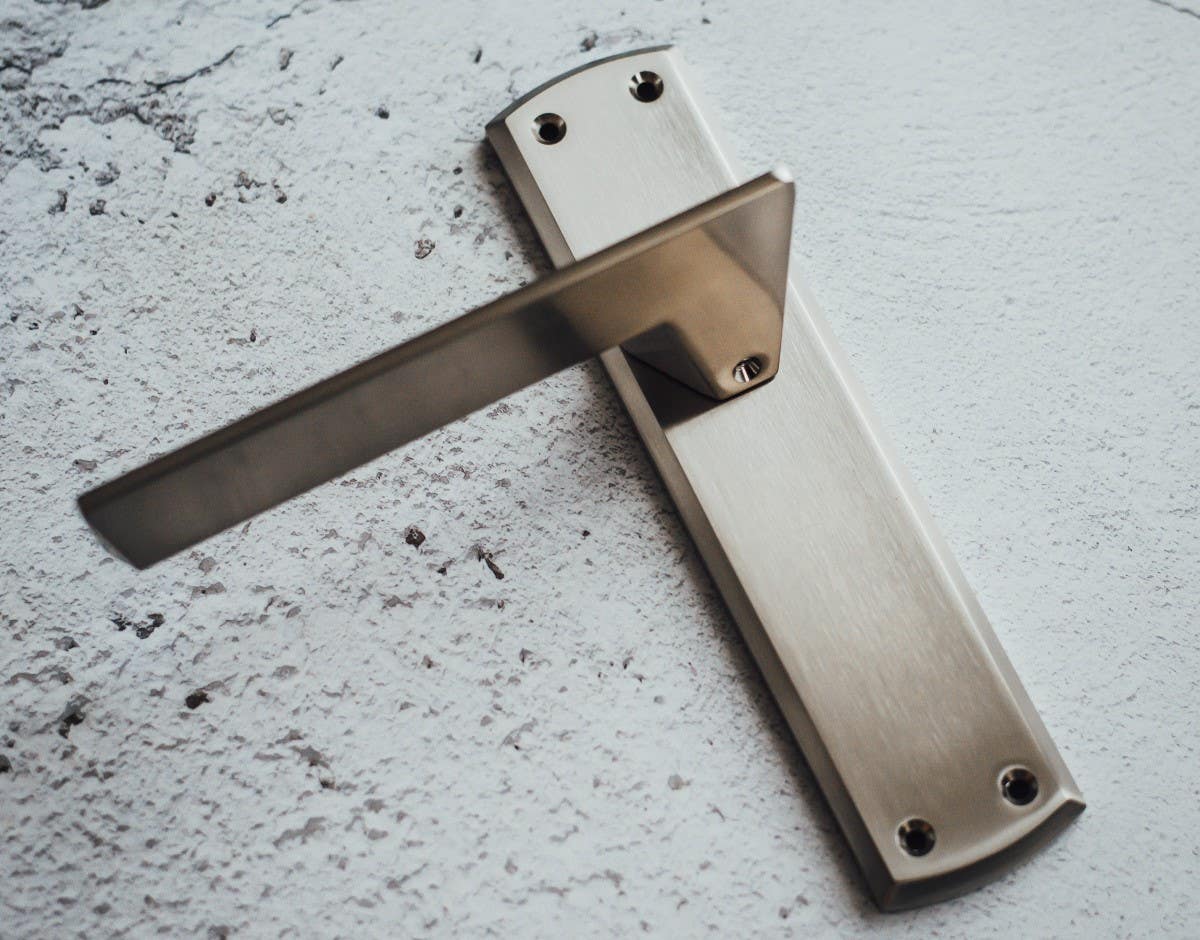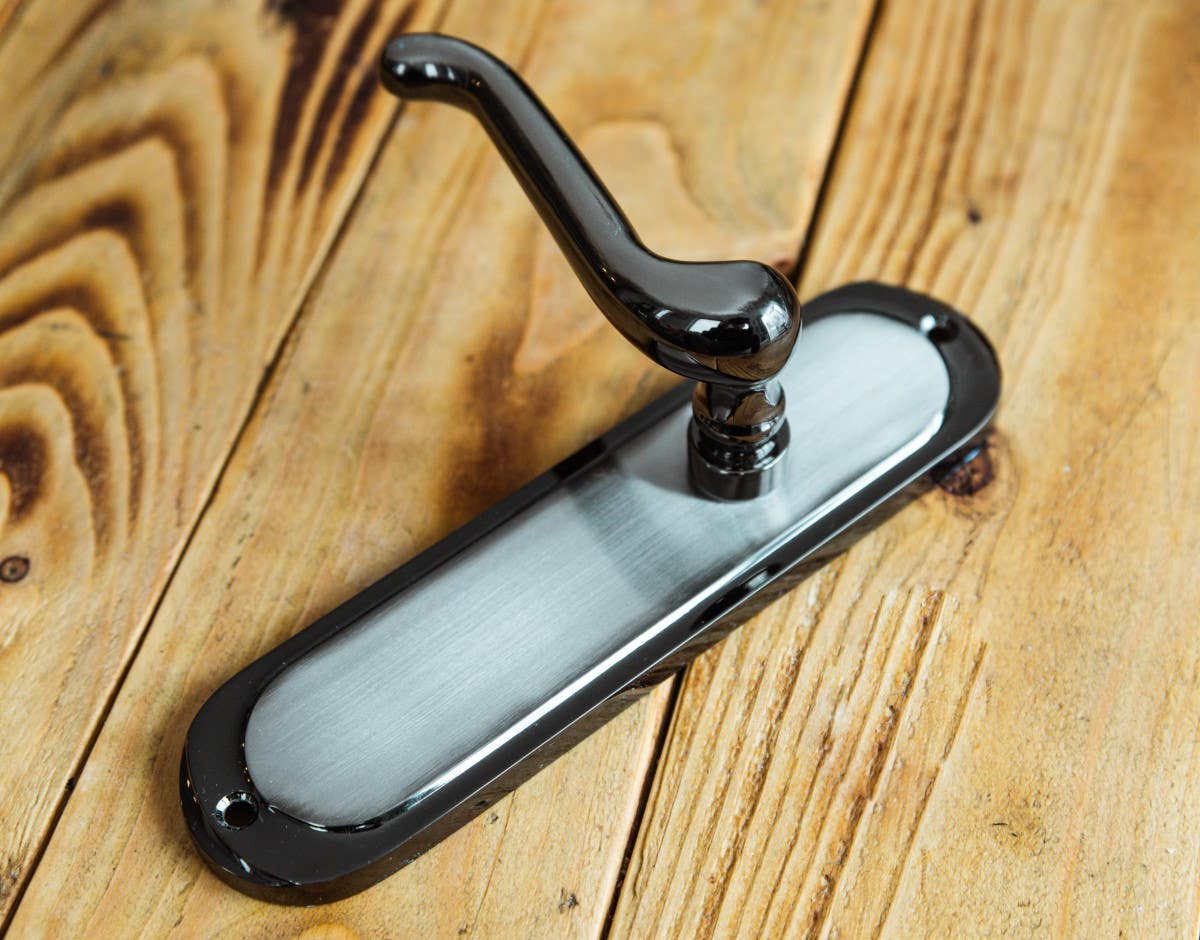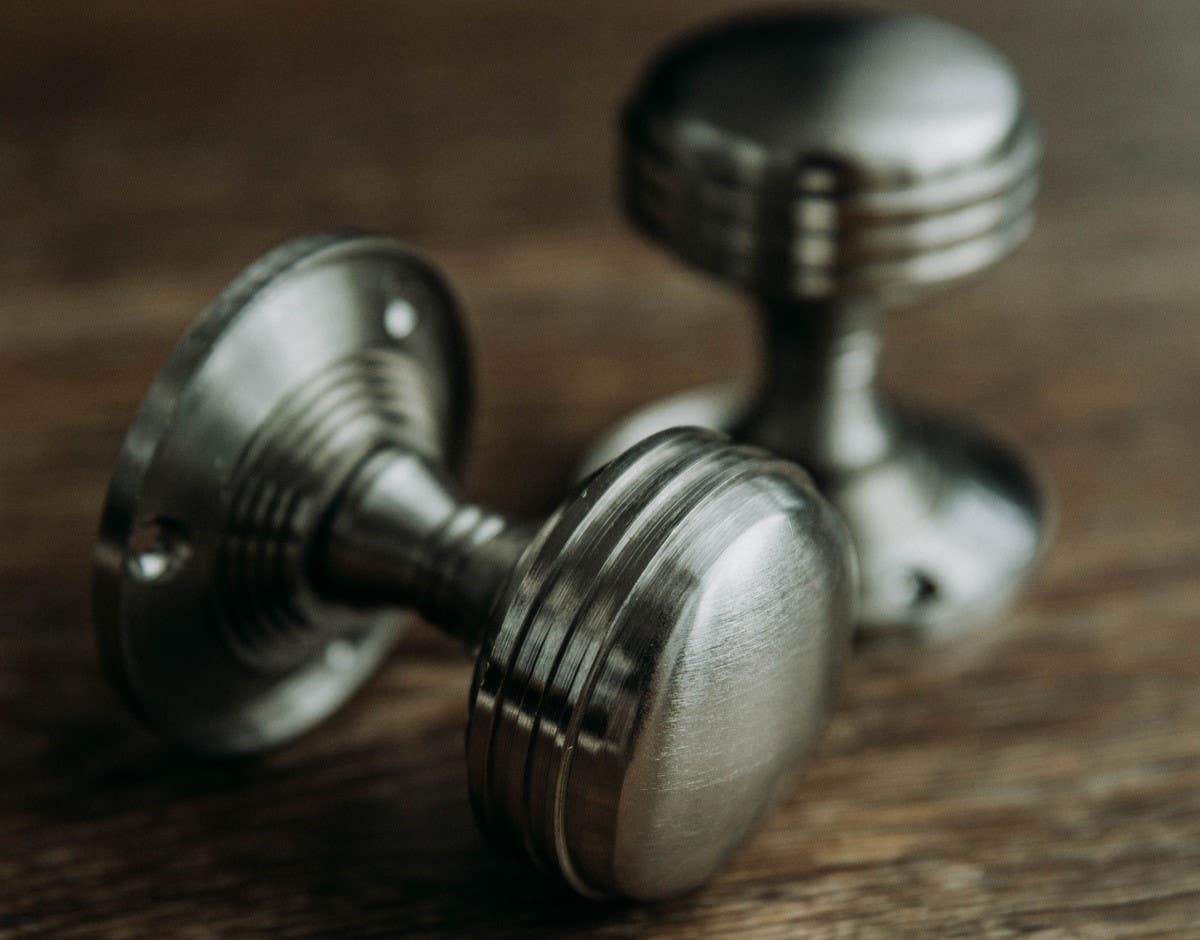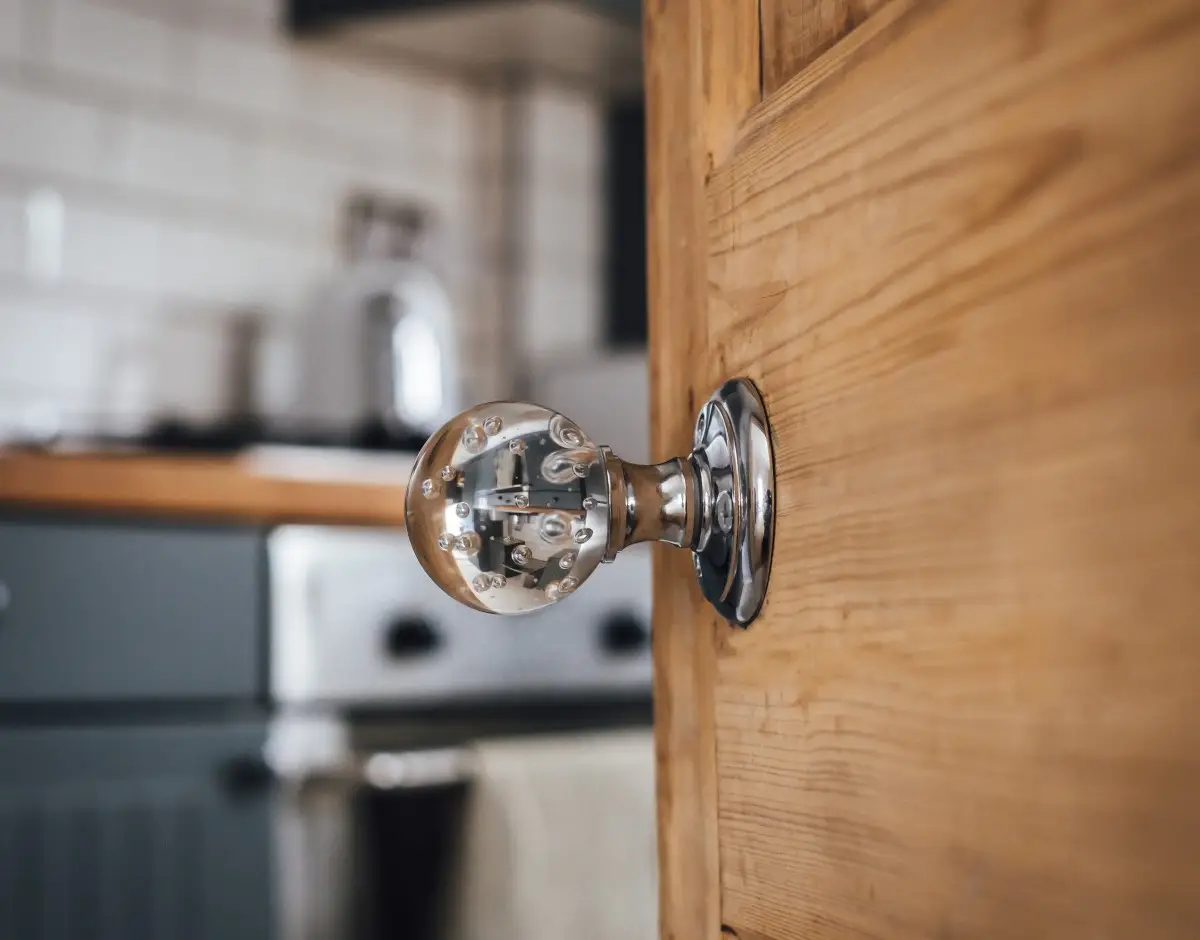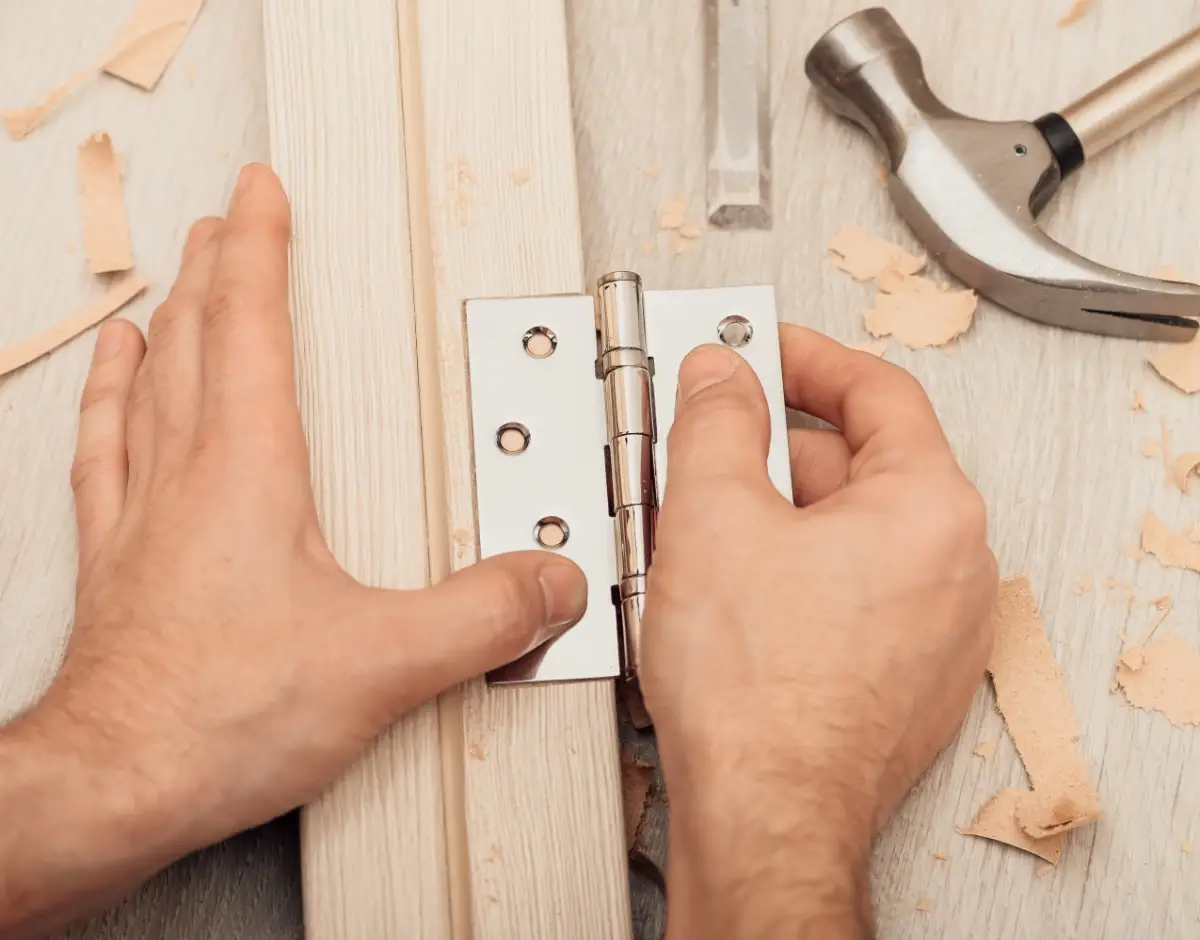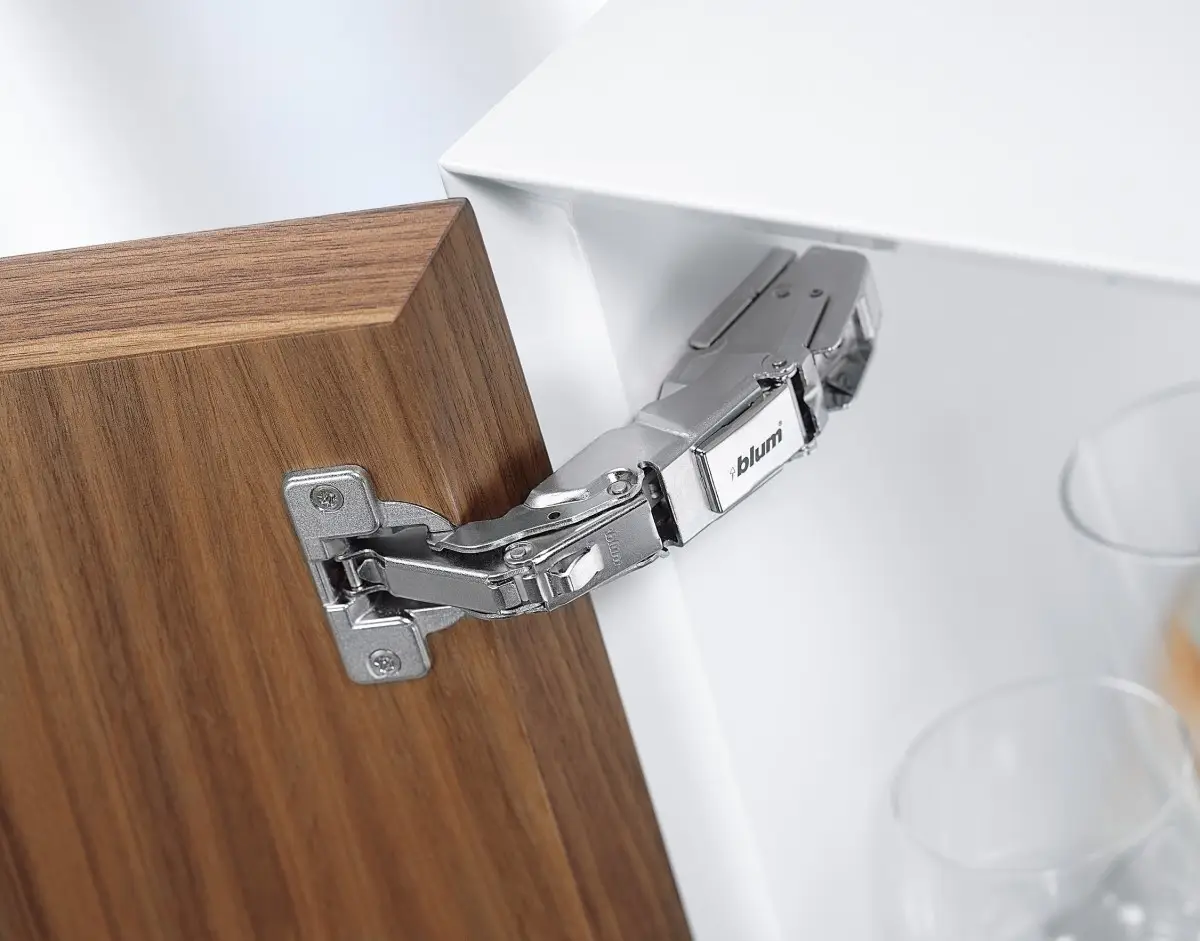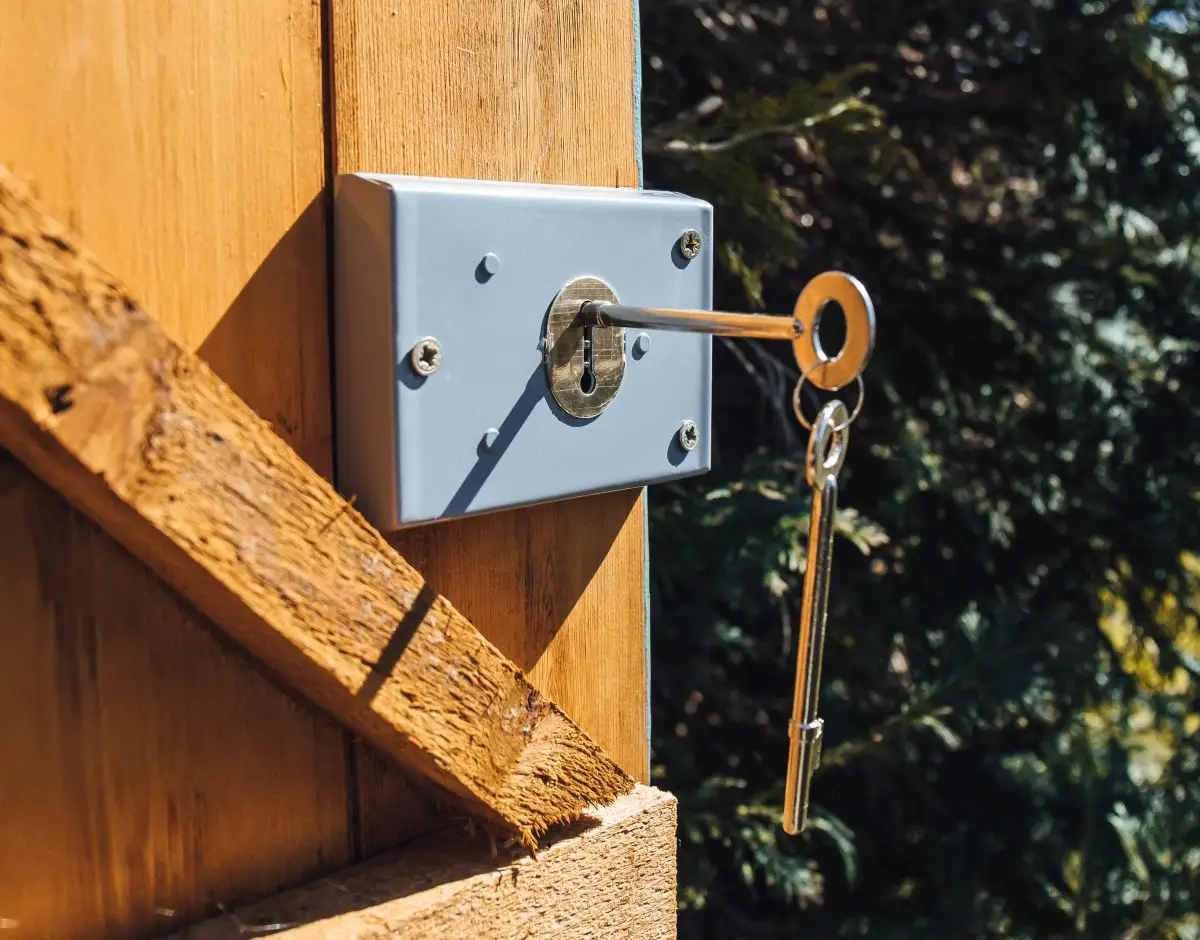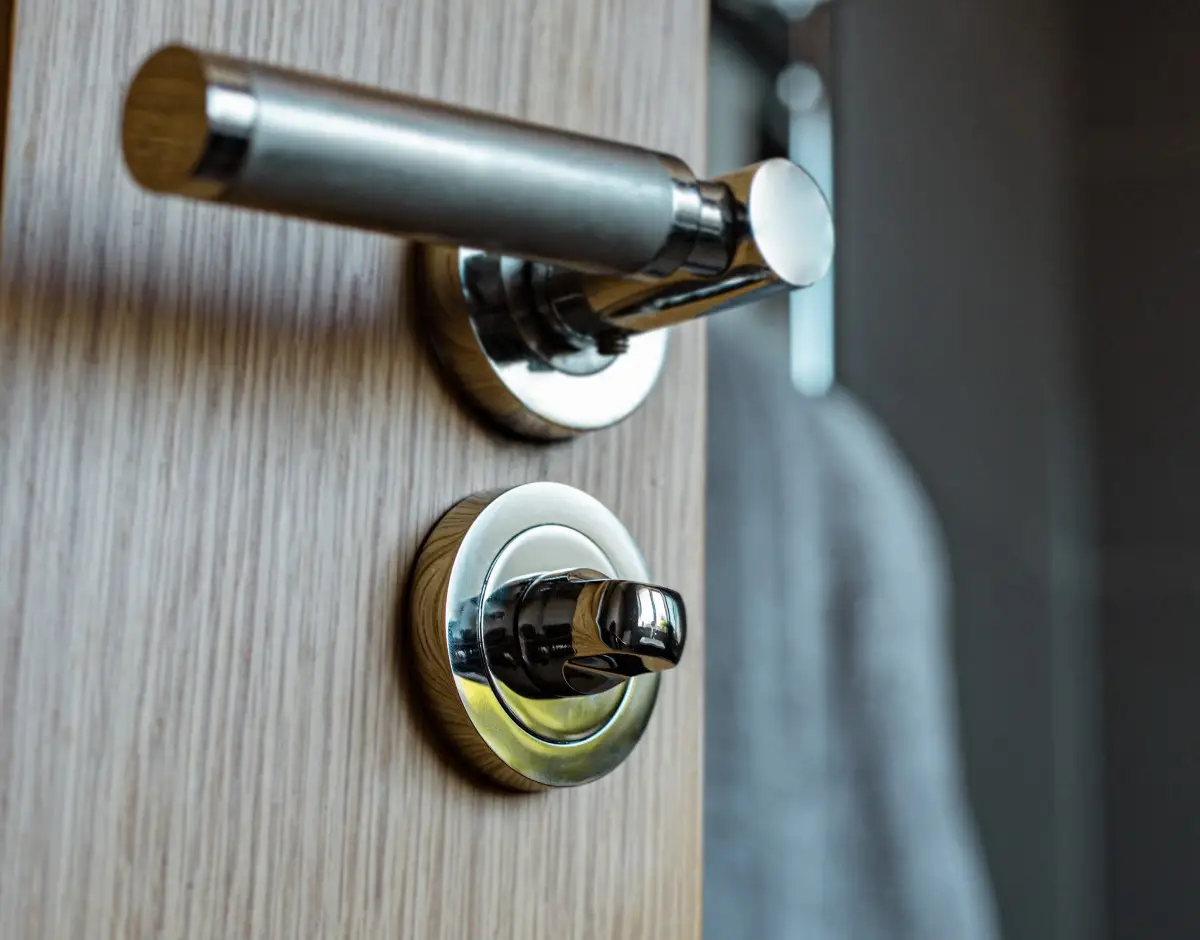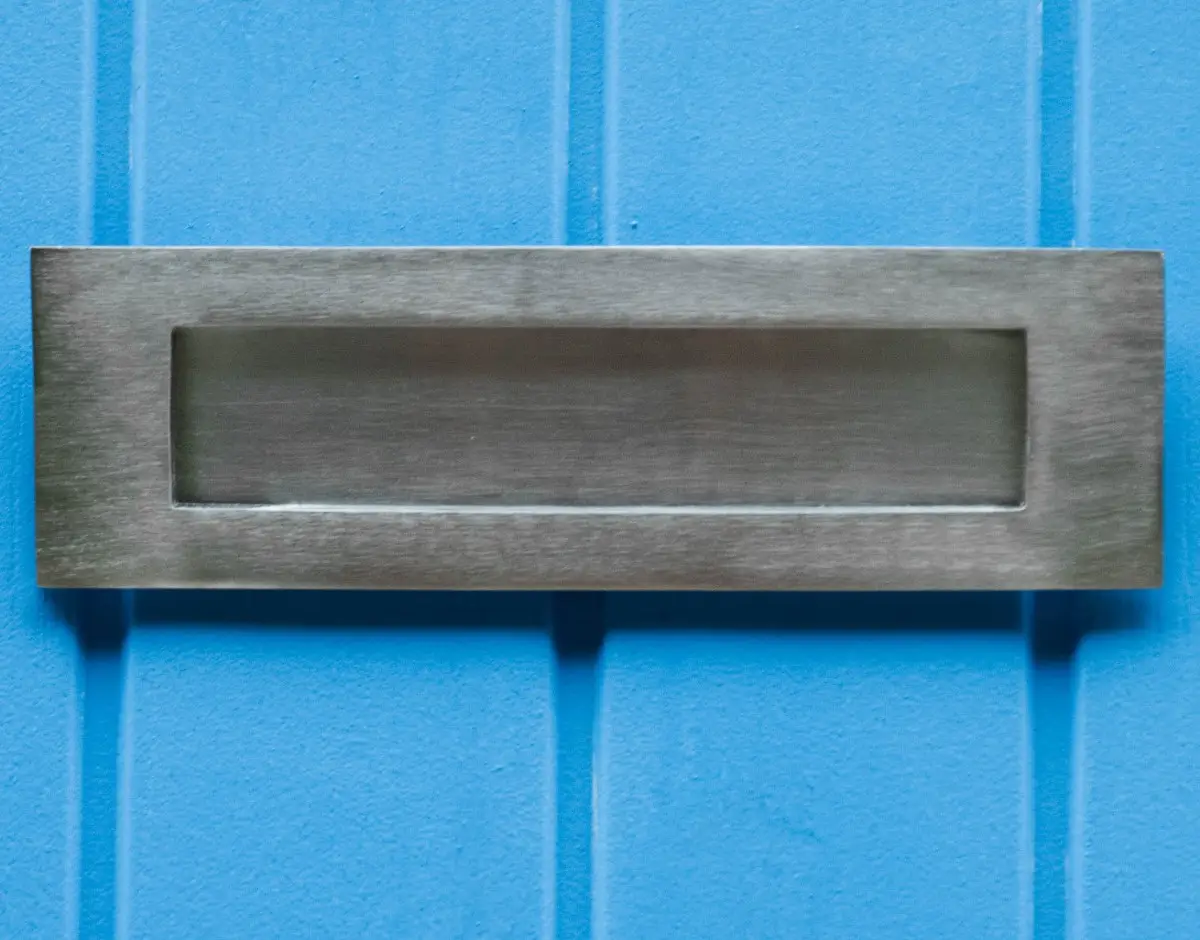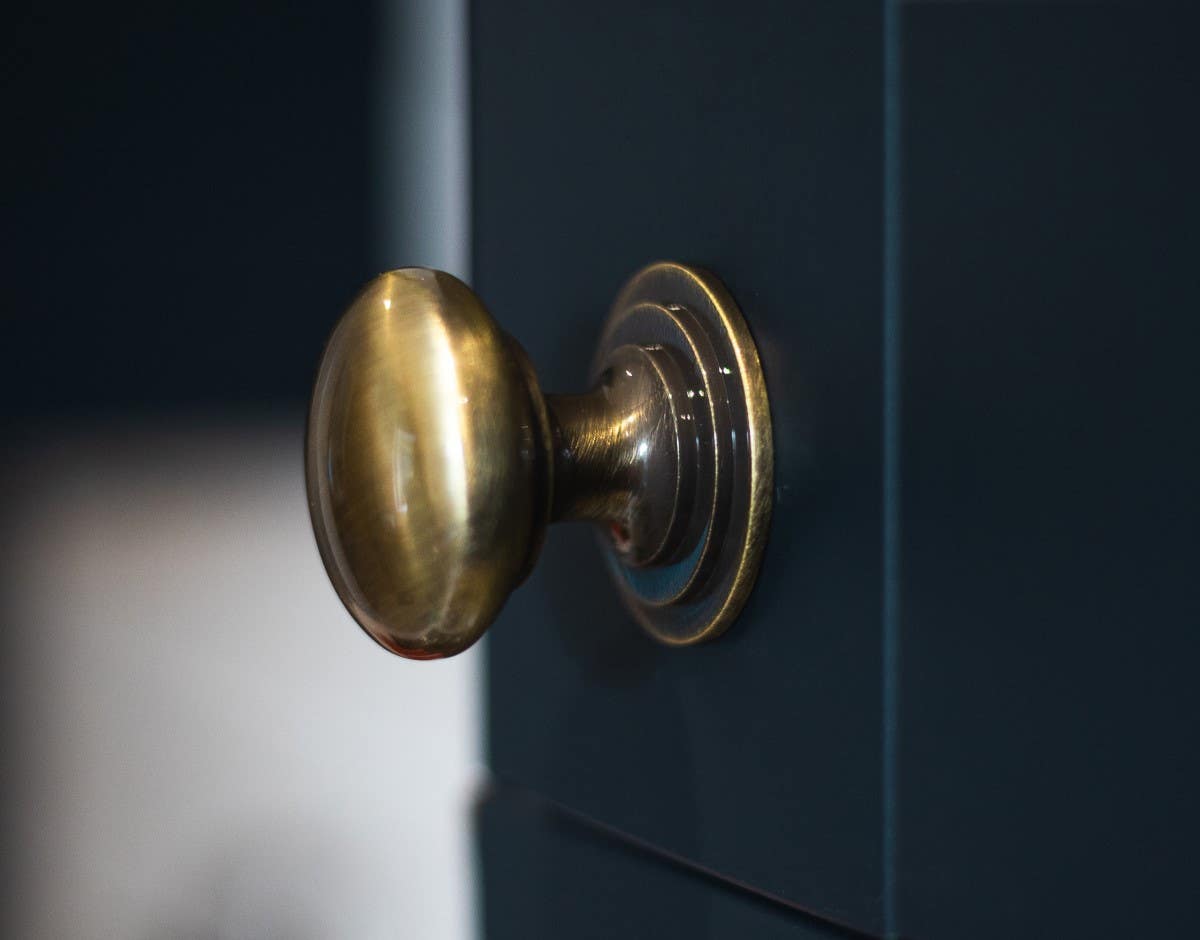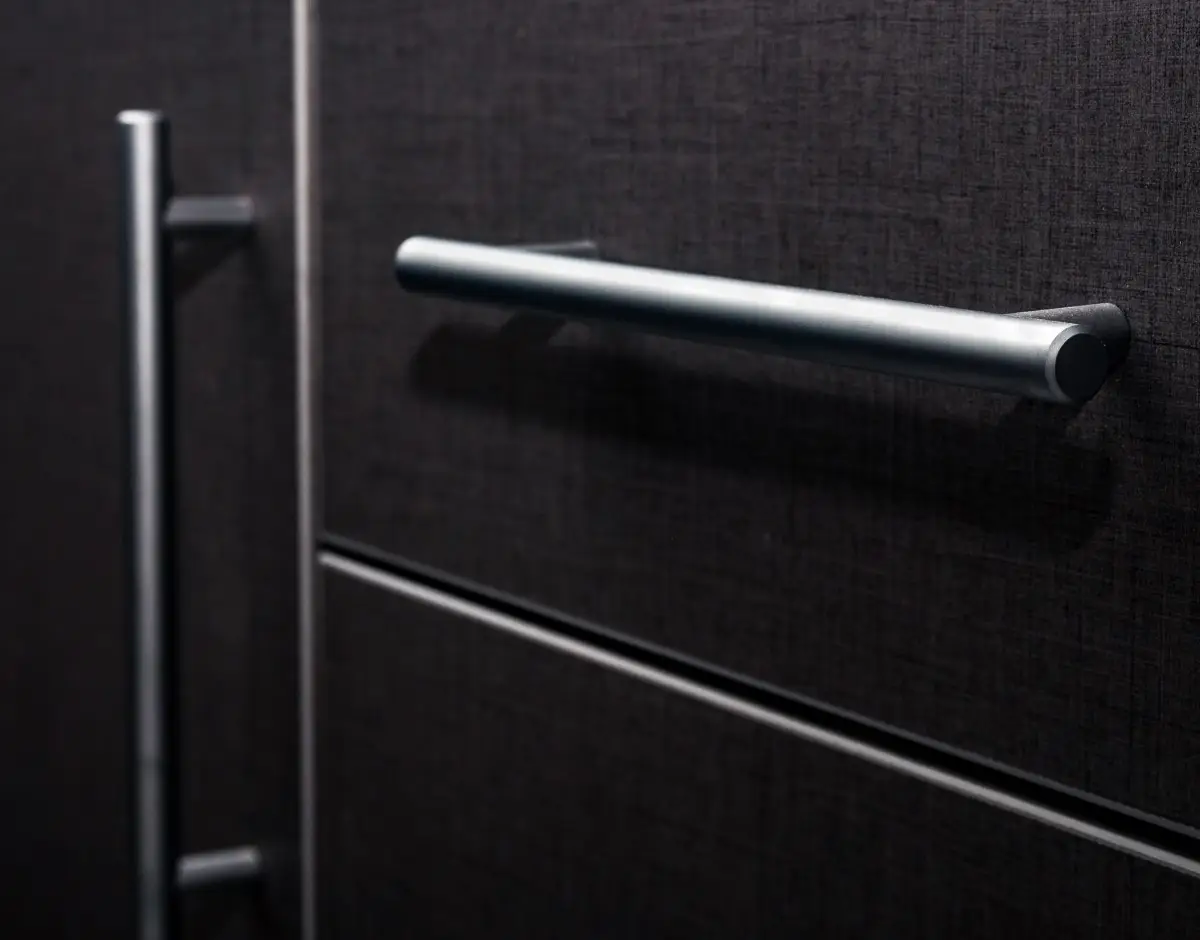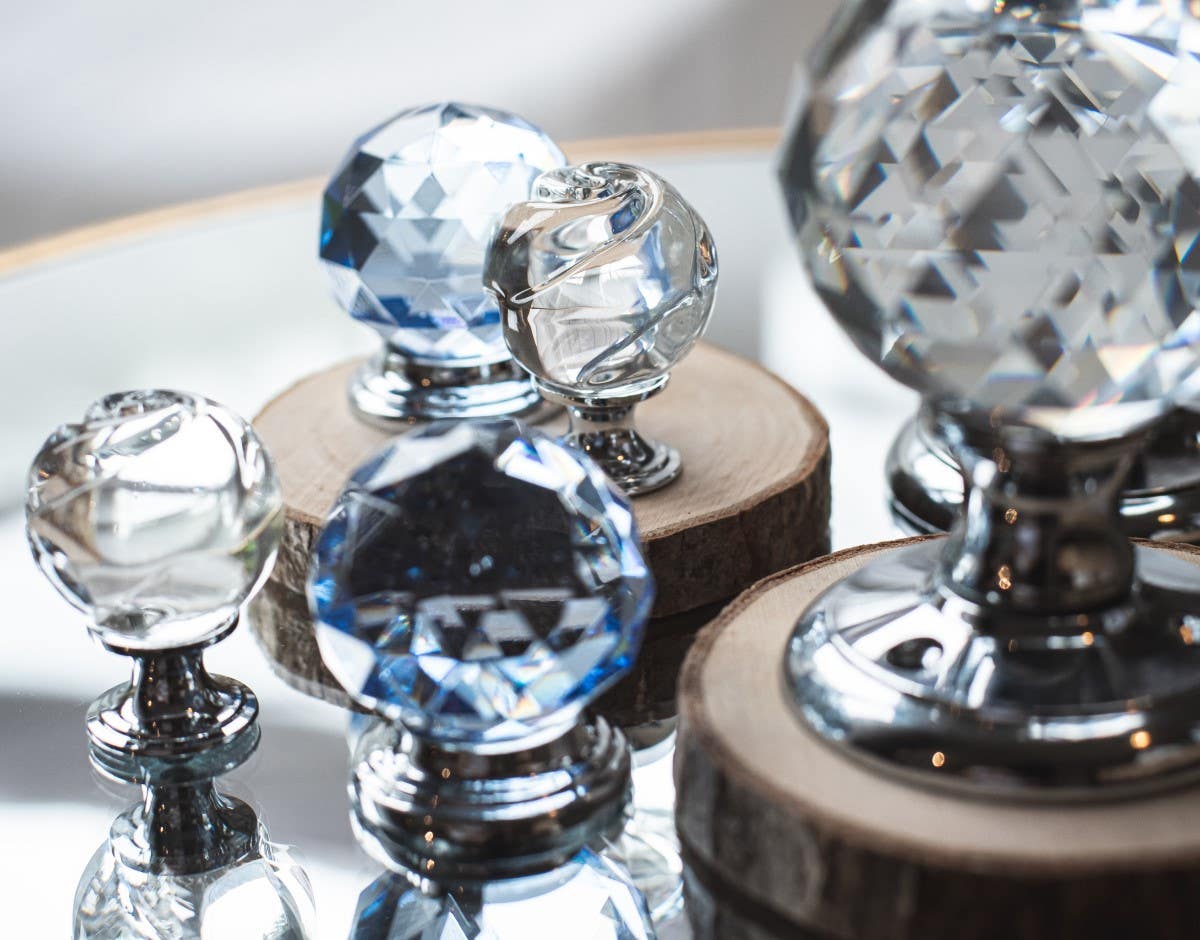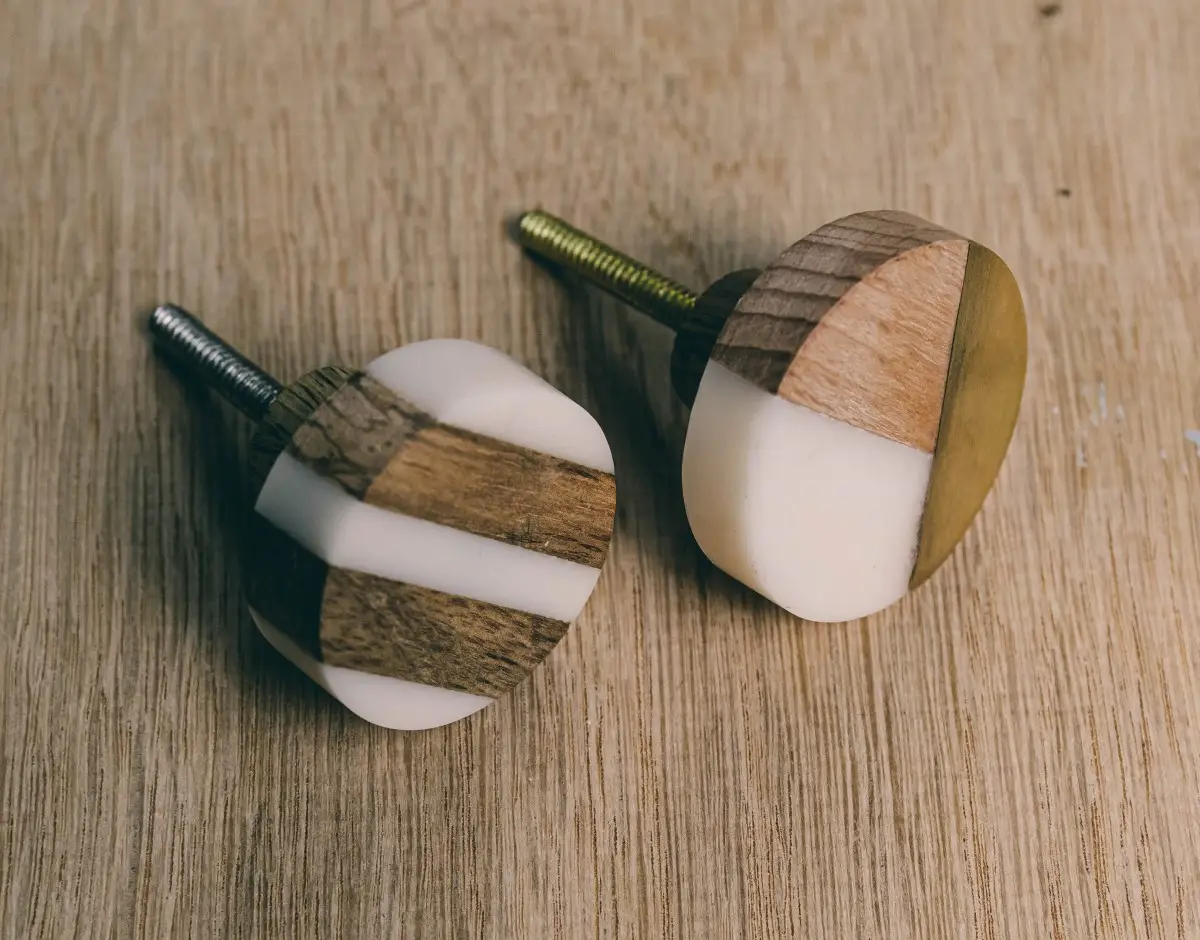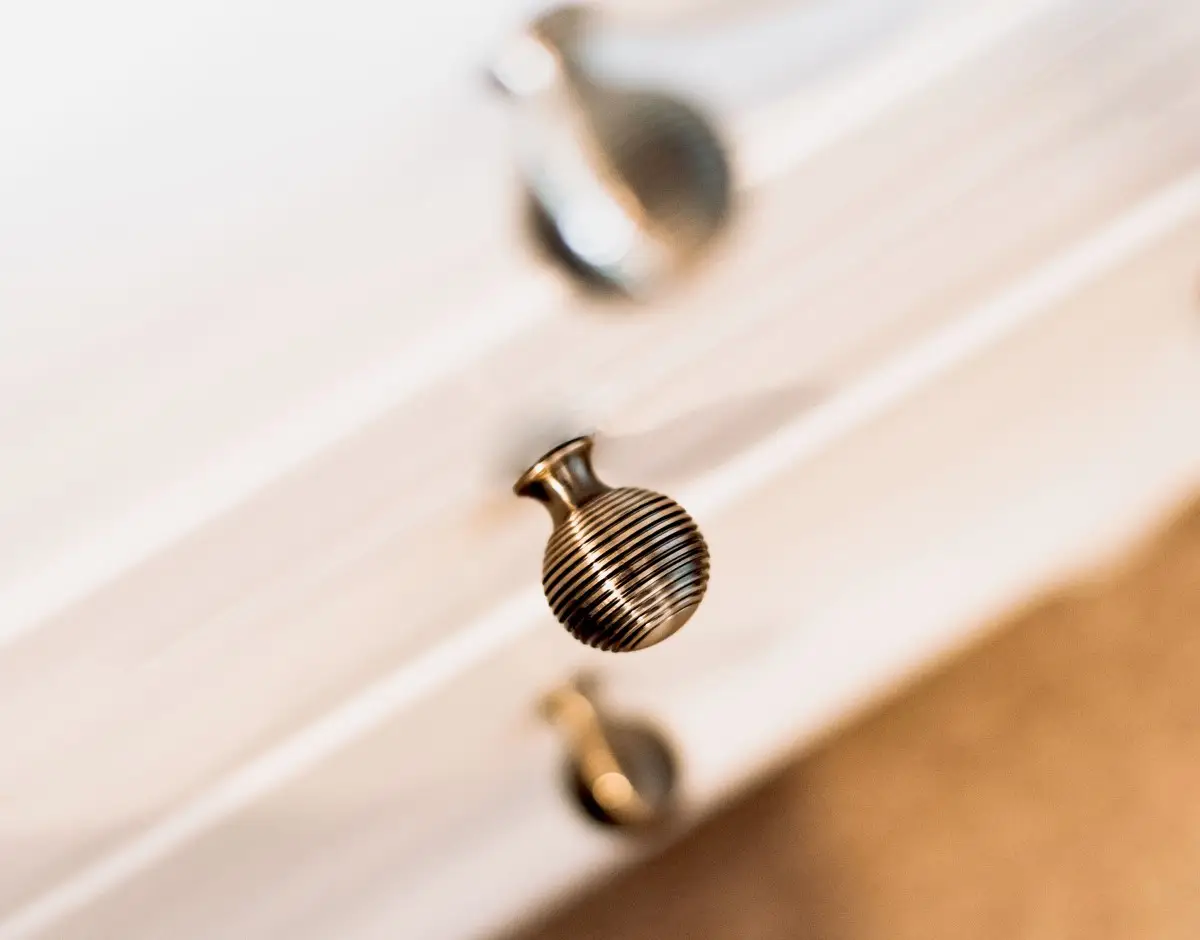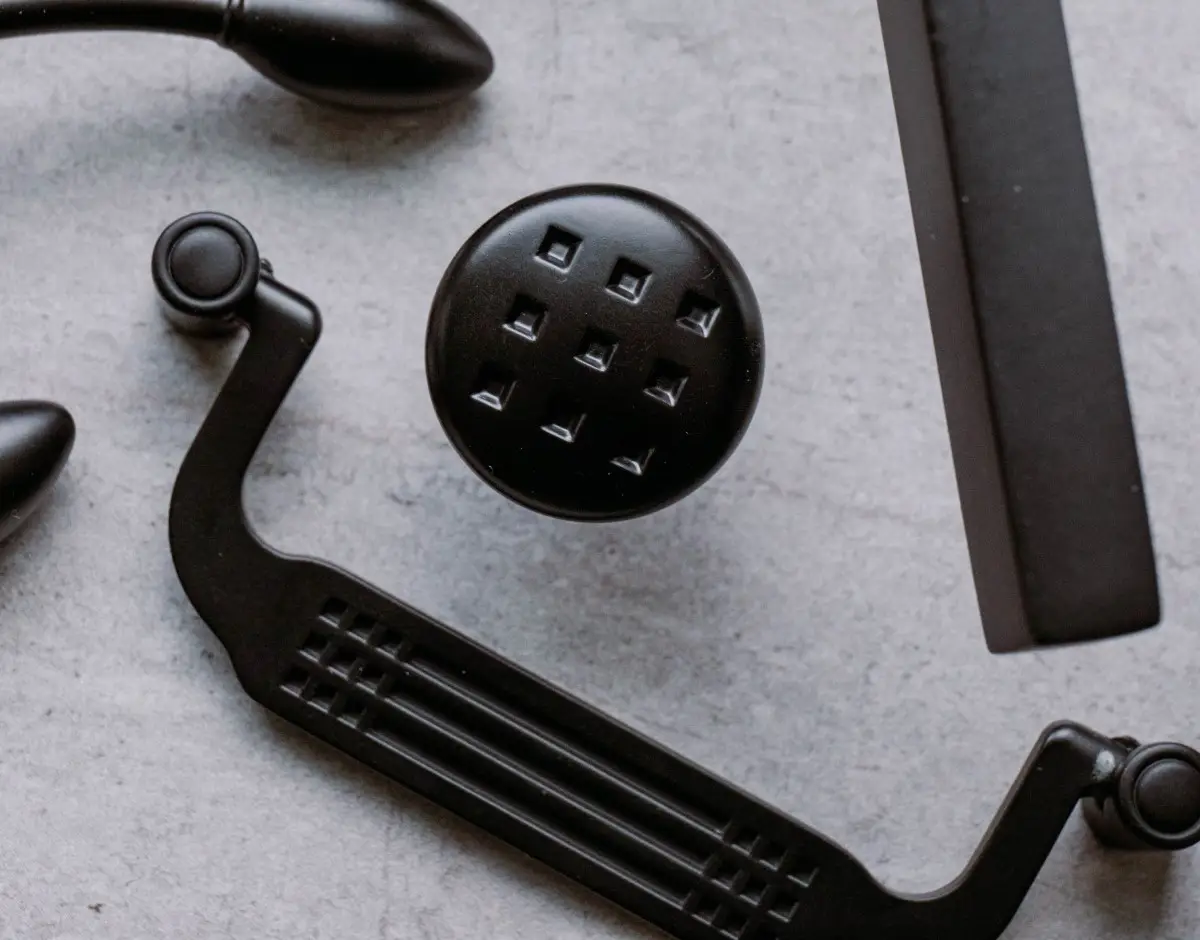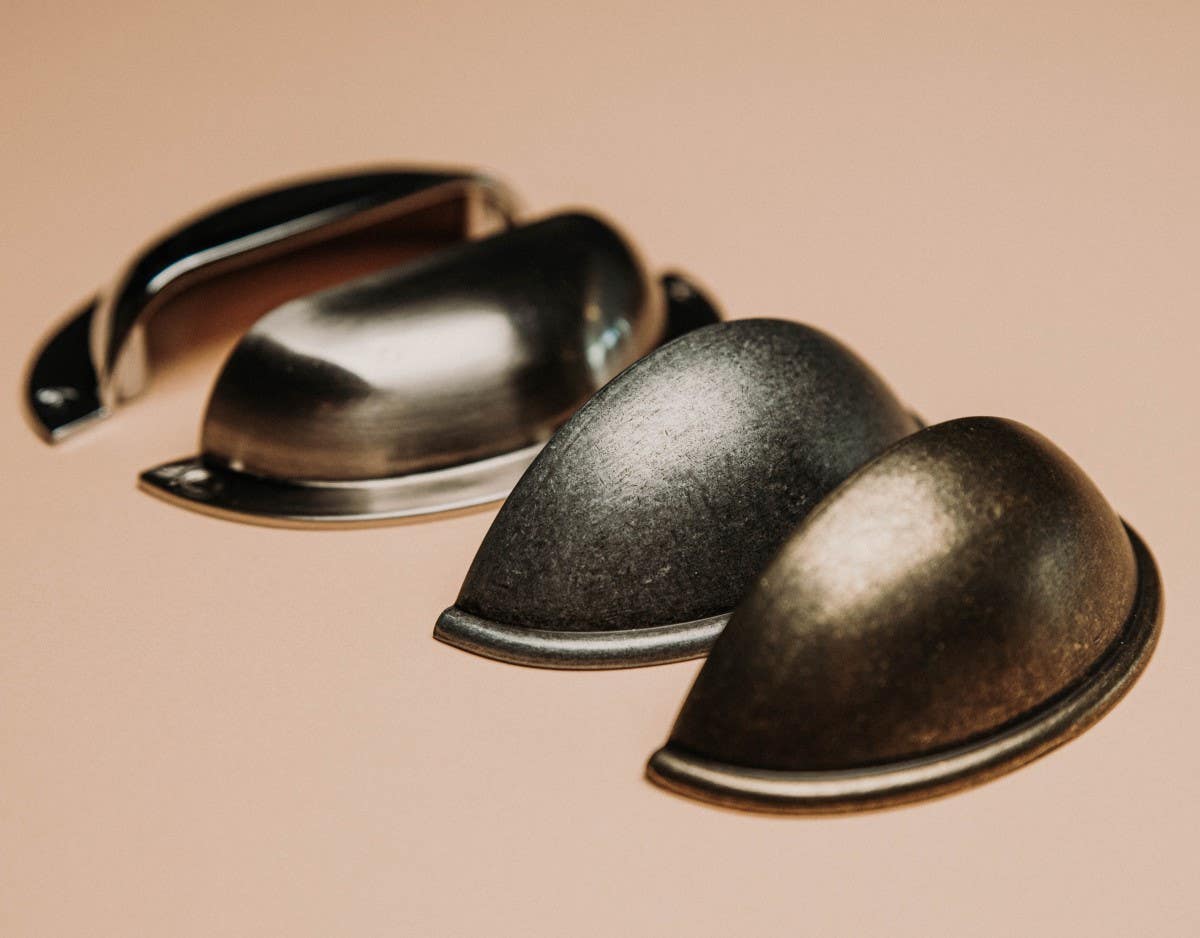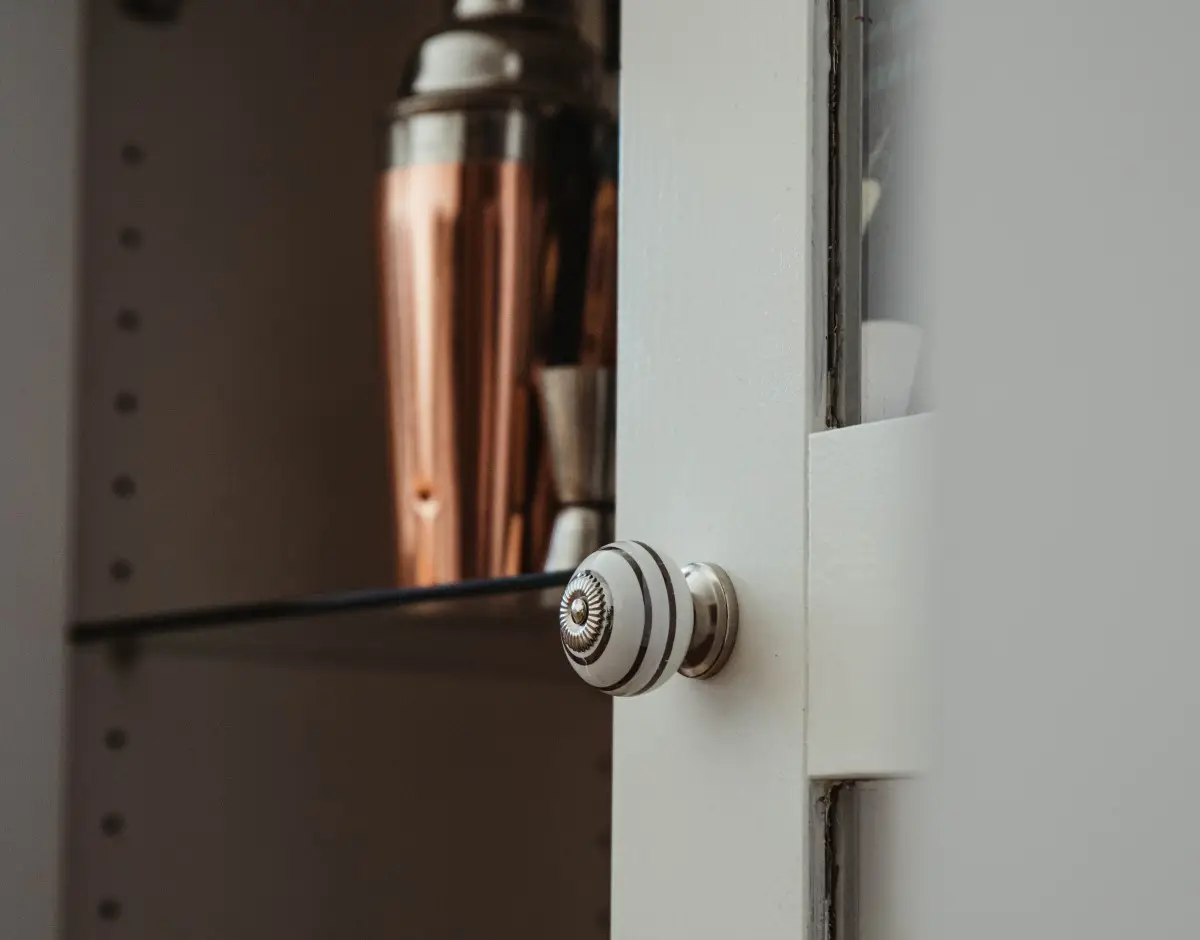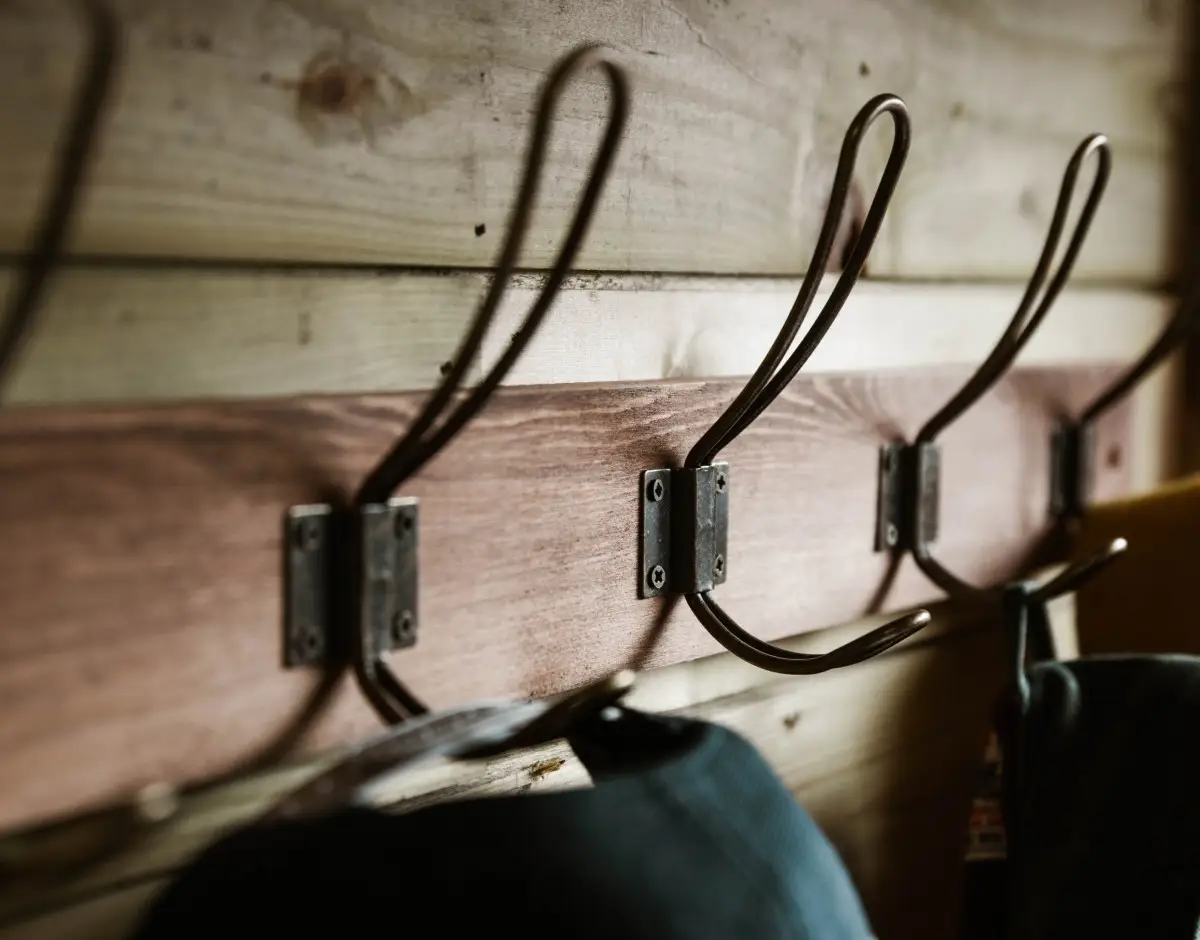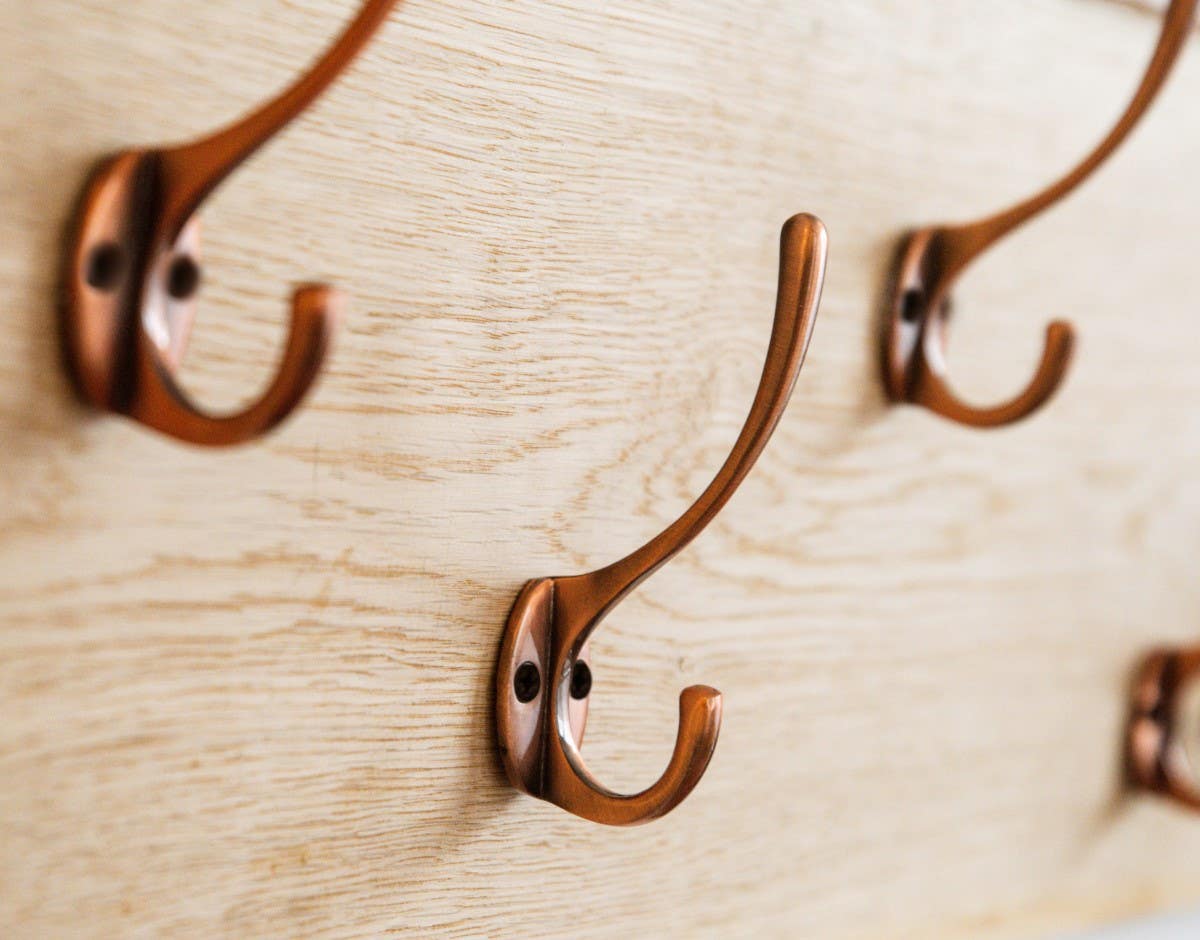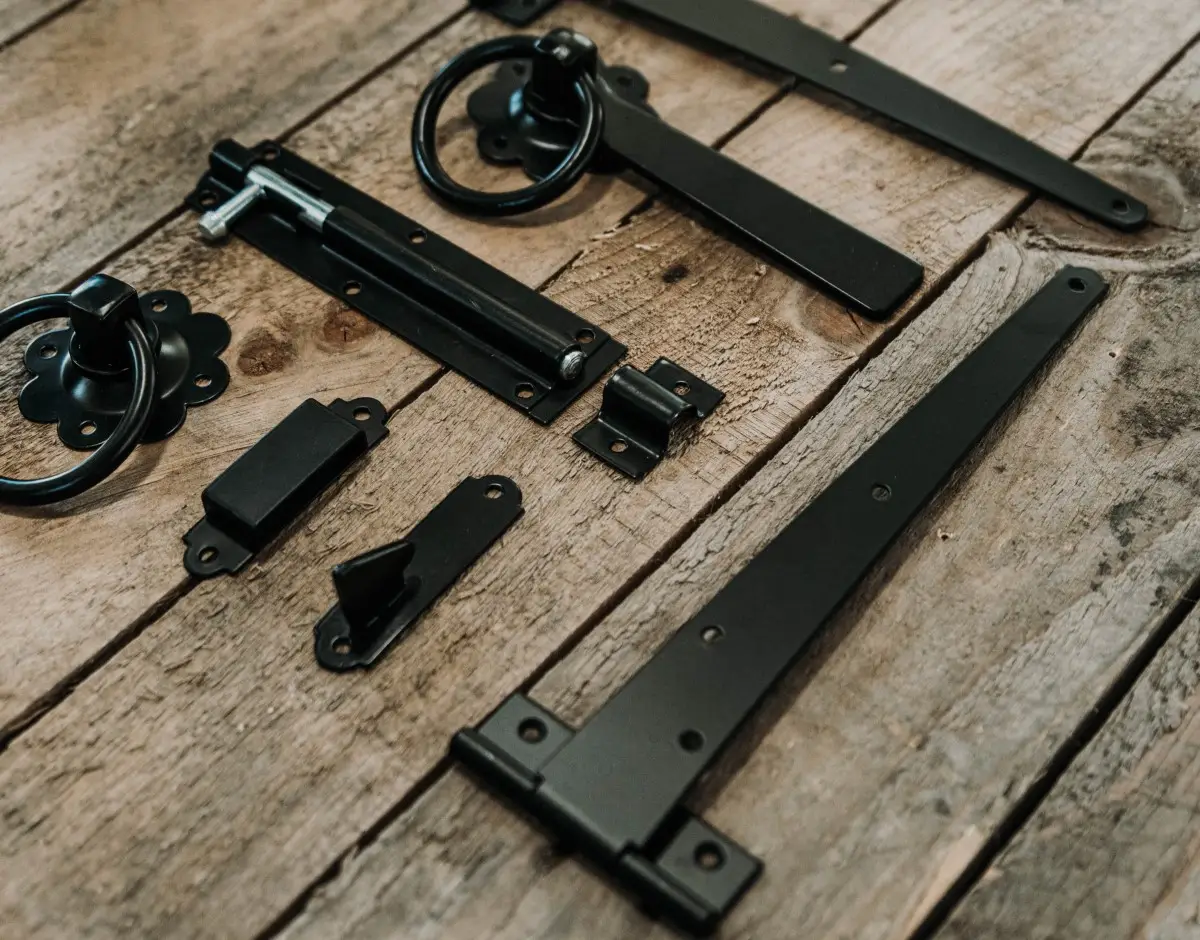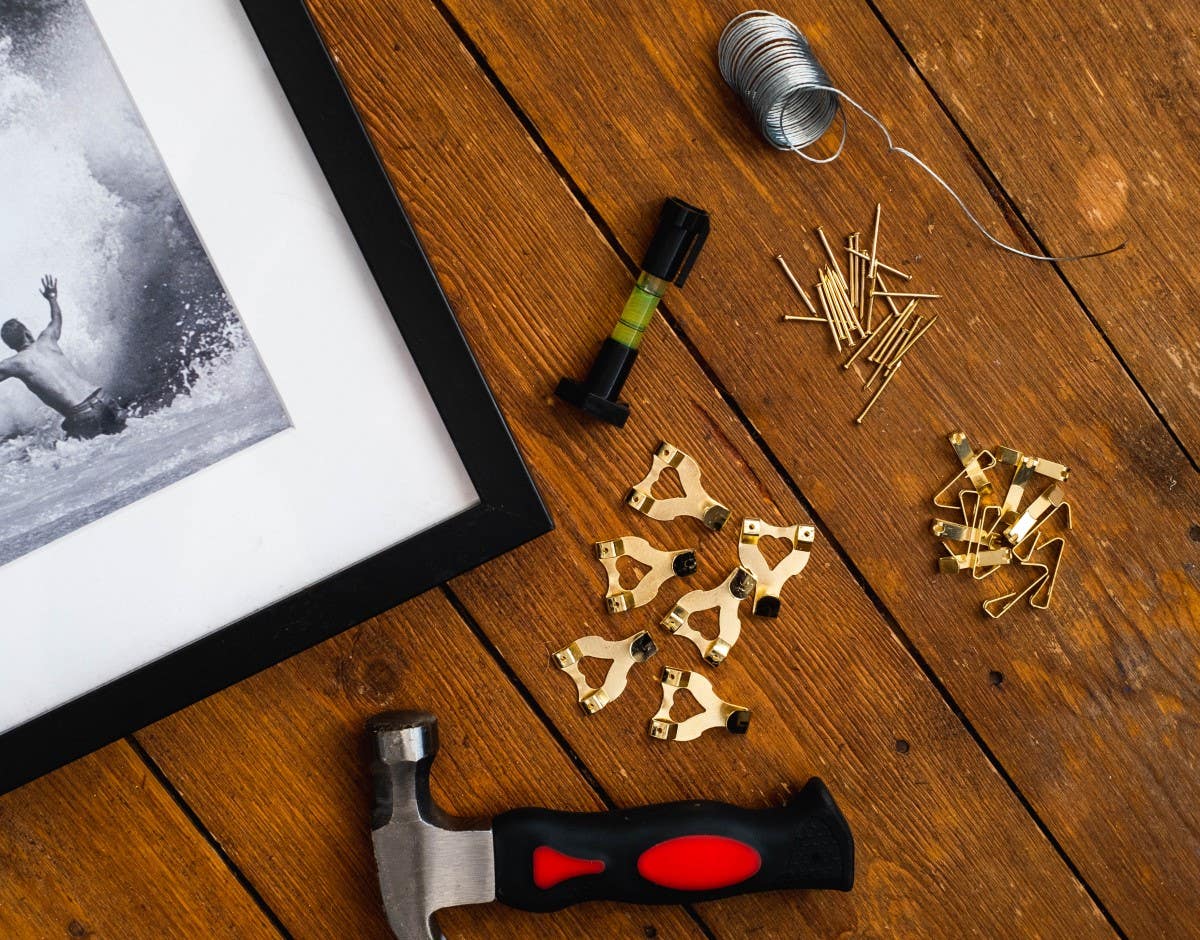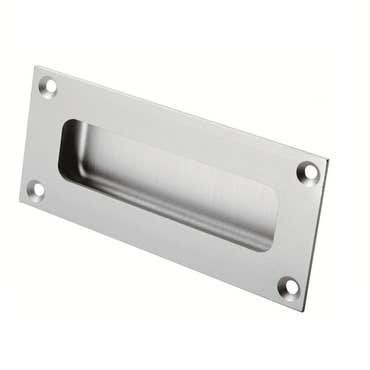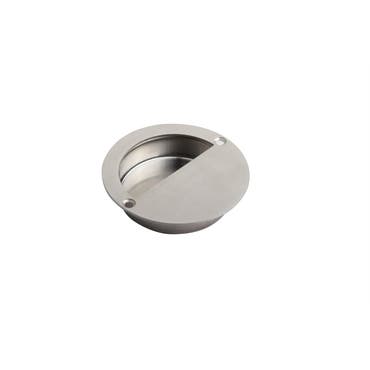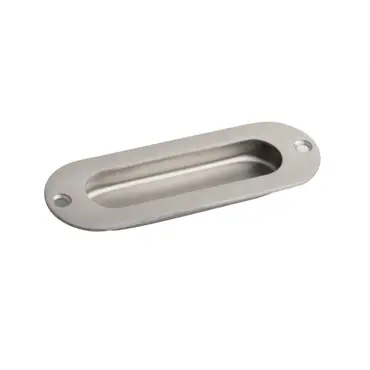When installing bifold doors, often the last aspect that gets considered are bifold door handles, however, they're far from just an after-thought. Bifold door handles play a central role in how the doors they're attached to operate.
We'll start off proceedings by looking at the main types of handles that are designed for bifold door use. So, if you're ready, let's dive in and see what's what.
What's the best type of internal bifold door handles to use?
When searching for door handles for bifold doors inside a property, you'll encounter four main varieties; lever handles, doorknobs, pull handles and flush handles. Here we take a brief look at each one for anyone who's unsure about the differences.
Pull door handles

You'll find a range of different types of pull door handle, but the most common type installed is one that is often based on a 'D-shape' design. This is a handle that needs to be pulled towards you in order to shut and away to open.
A few types of bifold door pull handles will feature a hinge mechanism that allows them to be folded flush to the door, but most have a rigid structure.
For instance, we have:
- Brass-plated Victorian Bow pull handles
- Solid steel Antique Black pull handles
- Aluminium 'Satin' pull handles
The benefits of using pull door handles is that they're simple, effective and aesthetically pleasing, no matter where they're installed.
Flush door handles
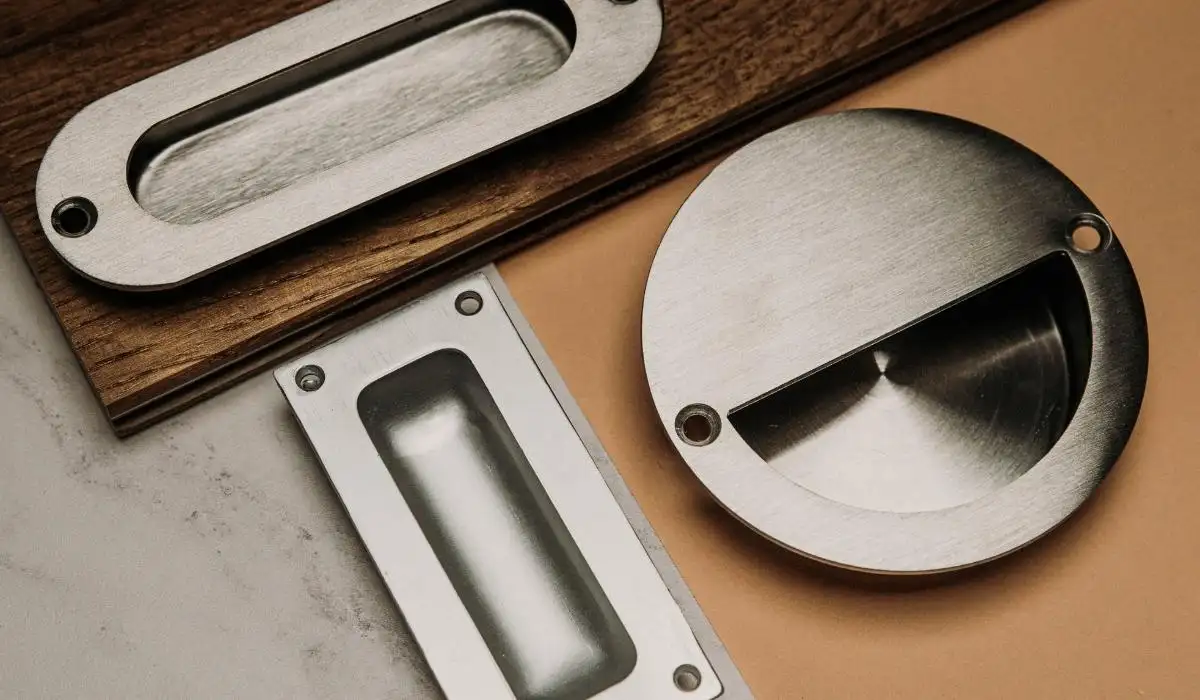
Also known as 'flat handles', the flush handle is a term that covers several different styles. However, they all have one thing in common - they're installed flush into the door.
When bifold doors are used in pantries or fitted wardrobes, this is the most common type of door handle that people tend to use.
Popular types of flush door handles include:
- Ring pull brass flush handles
- Rectangular brushed steel flush handles
- Circular brushed steel flush handles
Most often, you'll find flush door handles like these are used on non-leading doors, providing an extra point from which to pull them into place. Being flush, they don't stop the doors from folding away as they open.
Lever door handles

Another popular type of internal bifold door handle is the lever handle, one that is also widely used on other kinds of internal doors.
This type of door handle is operated by pulling it down, an action that retracts the latch, thereby allowing the door to open.
When installing this kind of door handle on bifold doors, it will almost always be attached to the 'lead door' i.e. the part of the door that has the locking mechanism.
Door knobs

Our last type of internal bifold door handles are door knobs that typically come in two different forms; door knobs with tubular mortice latches and those with roller latches.
Mortice latch doorknobs are twisted to operate the latch, whereas roller latch doorknobs only need to be pulled open and pushed closed, as they're usually fitted to wardrobes and cupboards.
Door knobs used for bifold doors offer a traditional aesthetic that lends itself to classic decor, so they tend to be found in established homes.
Other factors to consider
Along with the separate styles of bi fold door handles, there are other factors that need to be considered when making your choice, such as:
- Quality - you may be thinking that cheap and cheerful is the best way to go when buying internal bifold door handles, but it's important to remember that durability is a factor. In family homes or high traffic areas, good-quality bifold door handles will be able to stand up to constant use without losing their aesthetic appeal.
- Finishes - as we've seen in the examples we've detailed above, there's a wide range of finishes available, from chrome to polished steel to antique brass.
- Remember the colour too, as a darker handle will often complement a light door well, whereas a darker bifold door will typically look good with a light-coloured handle attached.
- Design - when choosing the perfect design for either internal or external bifold doors, overall property style matters, but so does function. It could that you need an antique brass door knob for an established property, a chrome lever handle for a modern home, or even a flush door handle if your requirements are mostly functional.
There's no right or wrong answer when choosing bi fold door handles, so long as the option you go for suits the purpose and complements the surrounding aesthetic. Aside from that, it can come down to personal preference.
How do you position door handles on interior bifold doors?
When looking online for instructions on where's best to position the handles on your bifold doors, it's quite possible that you might find conflicting information.
The main reason behind this is that there are a couple of types of bifold doors in existence; larger types that divide rooms or secure the home and smaller types that are usually found on closets and cupboards.
For the purposes of this part of the article, we'll assume that we're talking about internal bifold doors, rather than those you'll find on a cupboard or wardrobe.
Middle of the leading door
Generally speaking, main bi fold door handles are installed in the middle of the leading door, near the edge. Usually, it will be either a door knob or a standard lever door handle that allows external bi fold doors to be closed securely.
When installed with a latch and/or mortice lock, lead-door bi fold door handles allow it to be used as an 'entry door', without needing to fold back the other doors.
Installing an internal bifold door handle
Of course, in order to exactly position a door handle on a bifold door, you should be getting your tape out and measuring things precisely.
Prior to making any permanent changes to your bi fold doors, you should measure from the bottom of the door, up to 36 inches from the ground - this is where the vast majority of bifold handles are placed.
Mark before drilling your pilot holes
After finding the sweet spot, you should mark it with a pencil, so as to guide you on where to start drilling. It's a process you'll need to repeat on both sides to create your pilot holes.
Pilot holes shouldn't be skipped, as they make the job of putting in the door handle screws so much easier. Plus it greatly reduces the chances of splitting the wood on or near the door's edge.
Do you need locks on internal folding doors?
When talking about internal folding doors, security tends to be much less of an issue, however, that doesn't mean that locks shouldn't be fitted.
Should you have a need to keep your internal bifold doors secure, the best option is typically an interior mortice lock.
The advantages of using this option include:
- They allow connecting rooms to be kept highly secure.
- They're widely available
- It's a cost-effective option
- They're easy to operate
It's entirely up to you whether you add security features to your bifold doors, so no, it's not always necessary. It depends largely on the purpose of the doors.
How secure are external bi fold doors?
The way bifold doors open and close is very different from sliding patio doors or french doors because of their concertina action. As such, they need a unique solution to keep them closed.
Because bi fold doors are used regularly on wardrobes and cabinets, you'd be forgiven for thinking that they might not be the best way to secure your property.
A highly secure option for the back of your home
When properly installed with the right locks, they actually represent one of the most secure types of rear doors.
There's a range of bifold door hardware that can be used to provide protection against would-be home intruders. Cremone bolts and drop bolts, for example, can be installed on each hinge, which lock into the floor and ceiling to provide a formidable barrier.
Issues with external bifold doors tend to be lock-related
Despite being this secure, they - like anything - can suffer from wear and tear over time, which can lead to issues with closing the door.
Overwhelmingly, this is due to a broken latch or misalignment of the door. When that happens, it's likely time to get some new external locks.
The types you'll see for sale will include:
- Keyed locks
- Twin point locks
- Child-proof locks
- Drop bolt locks
An extensive choice of bifold door handle options
So, as we can see, there's a wide variety of choices on the market when it comes to installing door handles for your bifold doors. The only tricky part is deciding on the ideal type for your own needs.
However, as we've also seen in this article, when you take certain factors into account, like style, function, and location, it is possible to narrow things down and identify the best option.
Then, once you've found the perfect solution, it's just a matter of installing them and enjoying what they offer to your home or business premises.
We hope that we've provided some clarity here and by reading to the end, you have a much better idea of how to approach your bifold door handle installation project.

